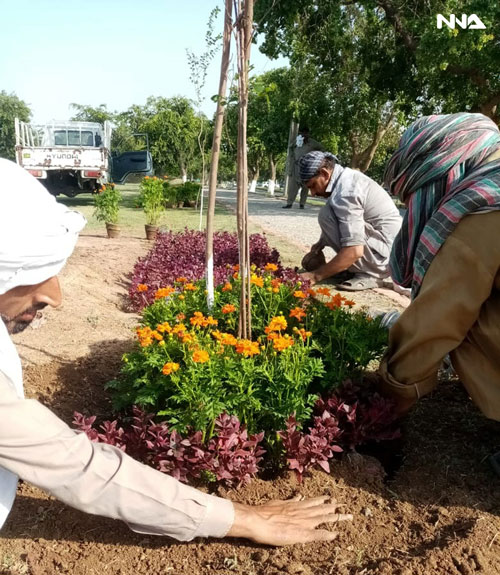Staff Reporter
The residents of the twin cities of Rawalpindi and Islamabad have embraced the once endangered species of Butterflies after massive plantation launched by the government under Ten Billion Tree Tsunami Plantation (BTTP) programme.
The colorful and delicate insect species with its unique patterns of wings has a crucial role in our environment where it played a significant role in cross pollination of buds among various fruits and crops yielded in the various ecosystems, told media the Head of Entomology Department of Arid Agriculture University Rawalpindi Dr Imran Bodlah.
Dr Imran said the Butterfly used to feed on nectar of flower bore by various plant sp
ecies that provide a favourable and conducive environment to breed in the environment.
“Many birds, insects and vertebrates of different kinds feed on butterfly larvae, pupa and adults which continue to sustain the food cycle.
Its absence from the ecology breaks the cycle of food chain leading to disorder in species existence,” he said.
He said the plantation being carried in the garrison city of Rawalpindi and Islamabad had not only helped in reviving butterflies rather provided alternate host trees or plants bearing flowers with conducive nectar for its nourishment.
Margalla Hills National Park, Dr Imran said, had a thriving population of diverse plant species whereas increase in its number had supported the nurturing of butterflies that were dying or going extinct due to global warming and anthropogenic activities.
To a query, he responded that raising temperature was one of the factors driving the decline of butterflies whereas pollution levels spike and galloping urbanization was leading to disastrous impacts resulting habitat loss of the butterflies.
He went on to mention that the public should plant fruit trees in their surroundings that used to bear flowers for long duration along water resources as it would help revive massive population of butterflies.









